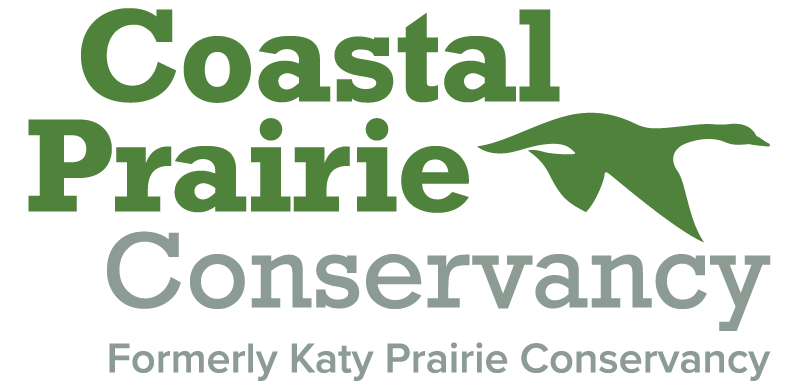Delight Your Senses with Lemon Beebalm: A Fragrant Addition to Gardens
The Coastal Prairie Conservancy has collaborated with HNPAT and Clark Condon to create the 9 Natives program, which helps to promote the value of native plants for pollinators and makes native gardening more accessible for newcomers. By bringing bits of the prairie into the city, individuals and families can help support pollinators and learn about the historic coastal prairie landscape. CPC has also produced a video and supporting materials that demonstrate how to create a pollinator garden and how this will make a difference for local wildlife throughout the city.
Photo by Coastal Prairie Conservancy
Whether you have a backyard or live in an apartment or townhouse with limited yard space, the 9 Natives for Sun and 9 Natives for Shade can bring natural beauty to your surroundings without requiring a lot of maintenance. This month’s feature is the aromatic lemon beebalm (Monarda citriodora), a delightful wildflower that will awaken your senses!
Lemon beebalm, also known as lemon mint or purple horsemint, is a captivating wildflower renowned for its citrusy fragrance. Its distinctive tubular, lavender-pink flowers and delicate green foliage add charm and beauty to any garden. Native to prairies and meadows, lemon beebalm is a wonderful choice for urban gardeners looking to invigorate their surroundings with a refreshing scent.
Lemon beebalm thrives in full sun to partial shade, making it adaptable to a range of urban garden settings. Ensure that it receives at least 4 to 6 hours of direct sunlight per day for optimal growth and blooming. When selecting a location for this flower, choose well-draining soil that is rich in organic matter. This wildflower can tolerate a variety of soil types, including sandy or clay-rich soil. Prior to planting, loosen the soil and amend it with compost or aged manure to improve its fertility and moisture-retaining capacity.
You can start lemon beebalm from seeds or purchase young plants from local nurseries or garden centers – several of which are linked on our 9 Natives page. Sow the seeds directly into the soil in spring or fall, following the recommended depth and spacing. Keep the soil consistently moist until the seeds germinate and establish. If using transplants, dig a hole slightly larger than the root ball, place the plant in the hole, and backfill with soil, gently firming it around the base. Water the transplants thoroughly after planting to promote healthy root development.
Lemon beebalm offers a range of benefits that make it a valuable addition to your urban garden:
Photo by Chuck Duplant
Fragrance: The delightful lemony scent of lemon beebalm fills the air, creating a refreshing and invigorating atmosphere in your garden.
Pollinator magnet: The plant’s tubular flowers attract a variety of pollinators, including bees, butterflies, and hummingbirds, enhancing the biodiversity and ecological balance of your garden.
Culinary uses: The plant’s leaves can be used to infuse beverages, teas, and culinary dishes with a lemony flavor, adding a unique twist to your culinary adventures.
Medicinal properties: Lemon beebalm has a long history of traditional medicinal use. Its leaves can be brewed into a soothing herbal tea, known for its potential calming and digestive benefits.
Aesthetically pleasing: The lavender-pink flowers of lemon beebalm add beauty and visual interest to your garden, creating a vibrant and enchanting display.
Fun Fact: Lemon beebalm belongs to the mint family, which is known for its square stems and aromatic leaves.
The citrusy scent and vibrant flowers of lemon beebalm will bring a refreshing touch to your surroundings. With its adaptability, pollinator attraction, culinary uses, and potential medicinal benefits, lemon beebalm is a versatile and valuable addition to any garden space. Stay tuned for our next article, where we'll introduce rattlesnake master, another native plant from CPC’s 9 Natives program!


